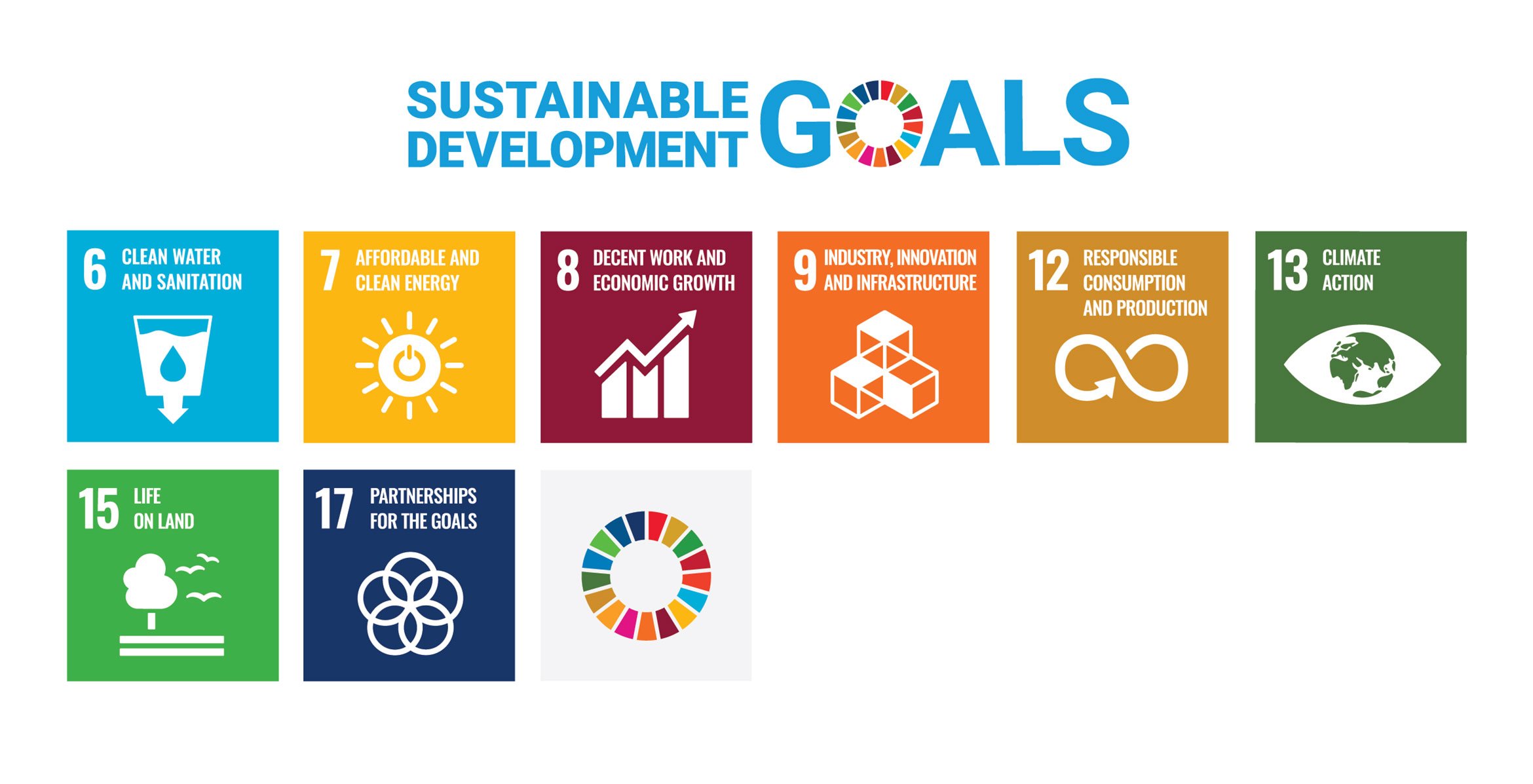Metsä Tissue innovates products and services that make everyday life cleaner, easier and more hygienic, aiming to do it in an environmentally sustainable manner. Our tissue and greaseproof papers are used by tens of millions of consumers daily. We continuously evaluate our business operations not only from profitability perspective, but also by assessing the environmental aspects. Metsä Tissue’s position as a responsible local operator is an important success factor. Our nine mills are located within the main market areas and products are manufactured as close to consumers as possible in order to reduce carbon dioxide emissions and transportation needs as efficiently as possible.

Sustainability is part of everything we do and we are committed to Metsä Tissue and Metsä Group’s strategic sustainability 2030 objectives. This includes supporting the work along with our certification partners to reach the global Sustainable Development Goals (SDGs) set by the United Nations. As part of Metsä Group, Metsä Tissue supports the achievement of these goals along with our sustainability objectives.

